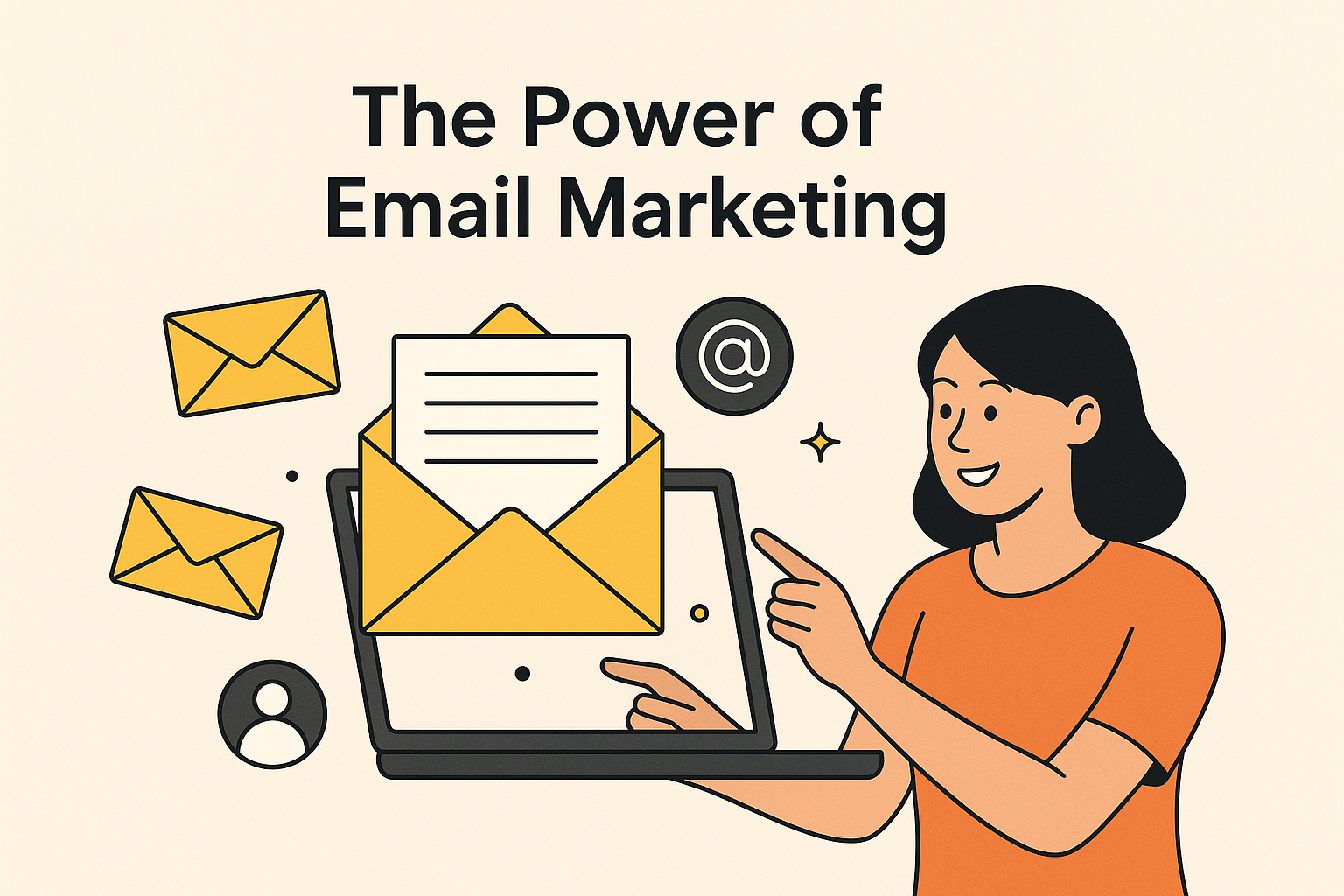
17 Jul Comprehensive Guide: Email Marketing Plan (2025)
Introduction: The Power of Email Marketing
Email marketing has long been hailed as one of the most effective digital marketing channels available, and in 2025, this remains true. Unlike many other forms of advertising, email marketing allows for direct communication with potential and existing customers, nurturing relationships that can lead to conversions and long-term loyalty.
- Why Email Marketing?: While digital marketing strategies like social media or PPC advertising tend to receive significant attention, email marketing consistently delivers the highest ROI. According to the Data & Marketing Association (DMA), the average ROI for email marketing is $42 for every $1 spent. This chapter explores why email remains so potent despite the rise of other digital platforms.
- Recent Trends and Statistics:
- 80% of marketers have reported an increase in email engagement in 2024.
- Personalized emails deliver 6x higher transaction rates.
- Automated emails drive 320% more revenue than non-automated emails.
These trends highlight that consumers continue to respond positively to personalized, well-crafted email content, making it a crucial element of any comprehensive marketing plan.
Fundamentals of Email Marketing
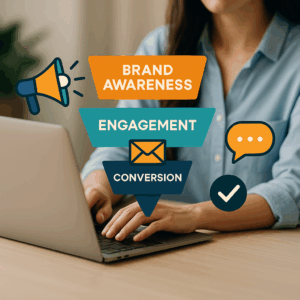
1. What is Email Marketing?
Email marketing is the process of sending commercial messages to a group of people using email. It is used to:
- Build brand awareness.
- Engage with customers and potential leads.
- Promote products or services.
- Provide valuable content to subscribers.
The core value of email marketing lies in its ability to nurture relationships over time, guiding leads through the sales funnel.
2. Cold Emails vs. Email Marketing
Though both types of emails are valuable, they serve different purposes:
- Cold Emails are typically used for reaching out to potential leads who haven’t previously interacted with your brand. These emails focus on introducing a product or service to a new audience, often aiming to spark interest.
- Email Marketing focuses on subscribers who have opted in to hear from your brand. These are individuals already familiar with your company, allowing for deeper engagement and promotion of products, services, and content.
When to use each:
- Cold emails work best in outbound sales efforts and for B2B companies looking to initiate new partnerships.
- Email marketing works best for nurturing long-term relationships and providing ongoing value to your audience.
Setting Up Your Email Marketing Strategy
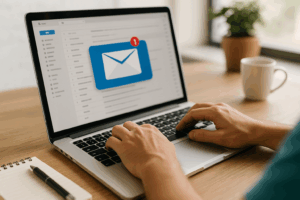
1. Building Your List
Building a high-quality email list is the foundation of a successful campaign. The goal is to collect email addresses from individuals who are genuinely interested in your product or service. This section covers the following:
- Opt-In Methods: Use lead magnets (e.g., eBooks, webinars, exclusive discounts) to encourage sign-ups.
- List Hygiene: Regularly clean your list by removing inactive subscribers to maintain high engagement and deliverability.
- Legal Compliance: Make sure you’re compliant with privacy laws such as GDPR and CAN-SPAM. Always use double opt-in for confirmation.
2. Segmentation and Personalization
Segmenting your email list is essential for improving open and click-through rates. Segmentation involves dividing your list into groups based on behaviors, preferences, demographics, or location. Personalized emails yield significantly higher engagement rates.
- Techniques for Segmentation:
- Behavioral Segmentation: Grouping customers based on their interactions with your website or past purchases.
- Demographic Segmentation: Targeting based on age, location, income, or industry.
- Engagement Level: Create different campaigns for highly engaged users and inactive users to re-engage them.
Personalization goes beyond using someone’s first name in the email—it involves tailoring the content based on their interests, preferences, and past behaviors.
Crafting Effective Email Campaigns

1. Creating Engaging Content
The success of your email campaign hinges on the quality of your content. Engaging content persuades recipients to open, read, and act on your emails.
- Subject Lines: This is the most important factor in determining open rates. Subject lines should be clear, concise, and entice curiosity. A/B test subject lines for maximum engagement.
- Body Copy: Focus on writing in a conversational tone, providing value, and keeping the reader’s interest with compelling copy. Avoid being overly promotional—focus on educating or solving a problem for the reader.
- CTAs (Call-to-Actions): Every email should have a clear and actionable CTA. Use action verbs like “Get Started,” “Learn More,” or “Shop Now.”
2. Design and Layout
Effective email design isn’t just about aesthetics; it also affects usability and readability. Here’s how you can ensure your emails look great and are easy to read:
- Mobile-Friendly Design: Over 60% of emails are opened on mobile devices, so responsive design is a must. Use single-column layouts and large, tappable buttons.
- Visual Hierarchy: Make sure the most important information (like the CTA) stands out. Use contrasting colors and whitespace to guide the reader’s eyes through the email.
Advanced Email Marketing Techniques
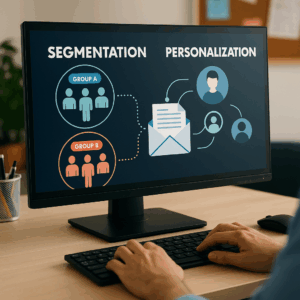
1. Automation and Trigger Emails
Automation allows you to send targeted emails based on specific user actions. It saves time while boosting engagement and conversions. Common trigger emails include:
- Welcome Emails: Sent when someone subscribes to your list. These emails typically have high open rates and are crucial for making a good first impression.
- Abandoned Cart Emails: Sent to users who leave items in their shopping cart without completing a purchase. These emails can include incentives like discounts to encourage completion.
- Post-Purchase Emails: Follow-up emails that encourage further engagement, such as product recommendations or requests for reviews.
2. A/B Testing
A/B testing (or split testing) involves sending two variations of an email to see which one performs better. You can test:
- Subject Lines: Which headline prompts more opens.
- CTAs: Which button text leads to higher conversions.
- Email Content: Test different copy, images, and layouts to identify what resonates best with your audience.
Analyzing and Optimizing Your Emails
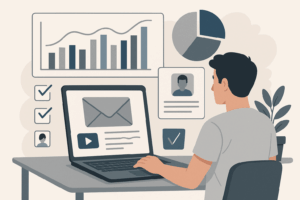
1. Metrics to Monitor
Email marketing analytics allow you to measure the success of your campaigns. Key metrics include:
- Open Rate: The percentage of recipients who open your email. Low open rates may indicate weak subject lines or poor list segmentation.
- Click-Through Rate (CTR): The percentage of recipients who clicked on a link within your email. This measures how engaging your email content and CTA are.
- Conversion Rate: The percentage of recipients who completed the desired action (e.g., making a purchase, signing up for a webinar).
- Bounce Rate: The percentage of emails that weren’t delivered. High bounce rates may indicate poor list quality.
2. Adjusting Your Strategy
Use data to identify underperforming emails and tweak your strategy accordingly. For example, if your CTR is low, experiment with different CTA placements or wording.
Staying Compliant and Avoiding Spam Filters
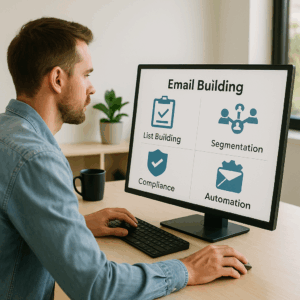
1. Legal Requirements
To avoid hefty fines, it’s crucial to stay compliant with global email regulations:
- GDPR (General Data Protection Regulation): Requires companies to get explicit consent from EU subscribers before sending them marketing emails.
- CAN-SPAM Act: In the U.S., this law mandates that all commercial emails must include an easy way to opt-out, and you must honor these requests promptly.
2. Best Practices for Deliverability
Ensuring your emails land in the inbox rather than the spam folder is key:
- Domain Health: Maintain a positive sender reputation by regularly authenticating your emails with SPF, DKIM, and DMARC. These protocols verify that your email is legitimate and not spam.
- Avoiding Blacklists: Repeated sending of spammy emails or high bounce rates can lead to your domain being blacklisted. Monitor your sender score and resolve any issues promptly.
The Future of Email Marketing

Trends and Predictions for 2025
Email marketing is evolving with new technologies:
- AI-Powered Personalization: AI can help create hyper-personalized email experiences by analyzing user data and predicting behaviors.
- Interactive Emails: Emails that allow users to take actions (e.g., filling out a form, making a purchase) directly within the email without visiting a separate landing page.
- Omnichannel Integration: Use email marketing in tandem with other channels like SMS, social media, and content marketing to provide a seamless experience.
Conclusion: Maximizing ROI with Email Marketing
In 2025, email marketing remains one of the most powerful tools at your disposal. By understanding your audience, personalizing content, and staying compliant with regulations, you can make email marketing the cornerstone of your digital strategy.
Remember, email is not a set-it-and-forget-it channel. Constant optimization and innovation are key to sustaining high engagement and driving massive ROI.
RA Vibes is a full-service digital marketing agency with fractional CMO services. We are the only agency in the space to specialize in CPG, health & wellness e-commerce marketing. We have multiple experiences taking companies in our specialization from zero dollars to millions in record time periods. Reach out for more information.



